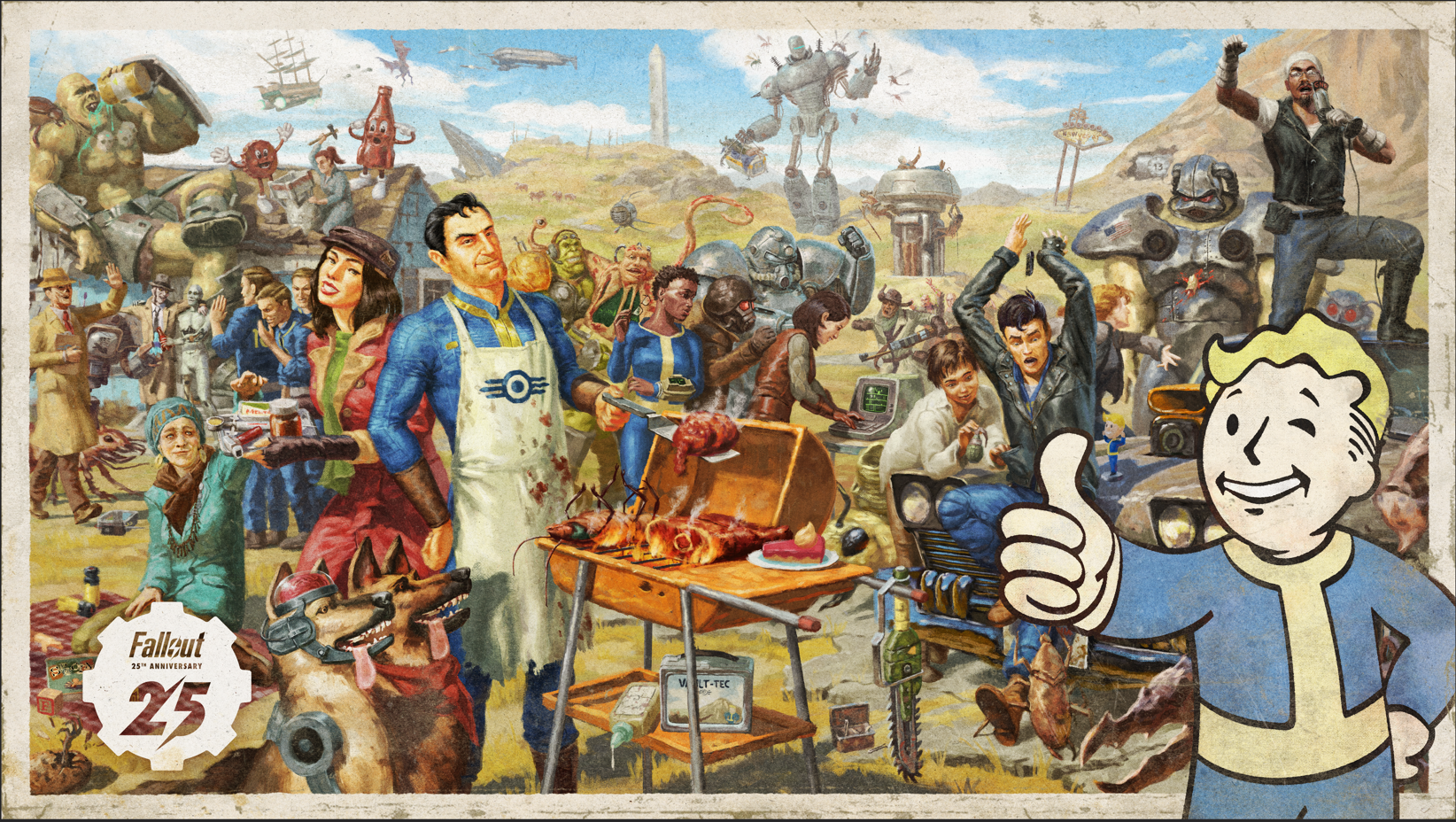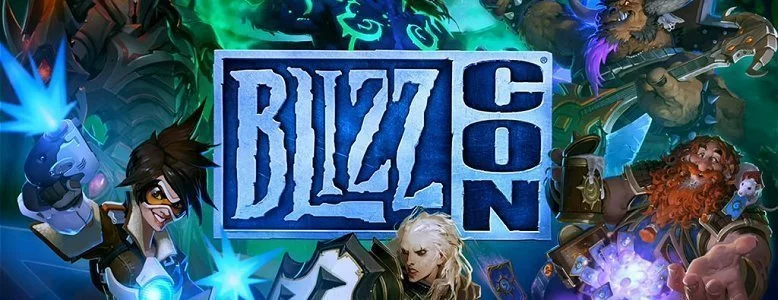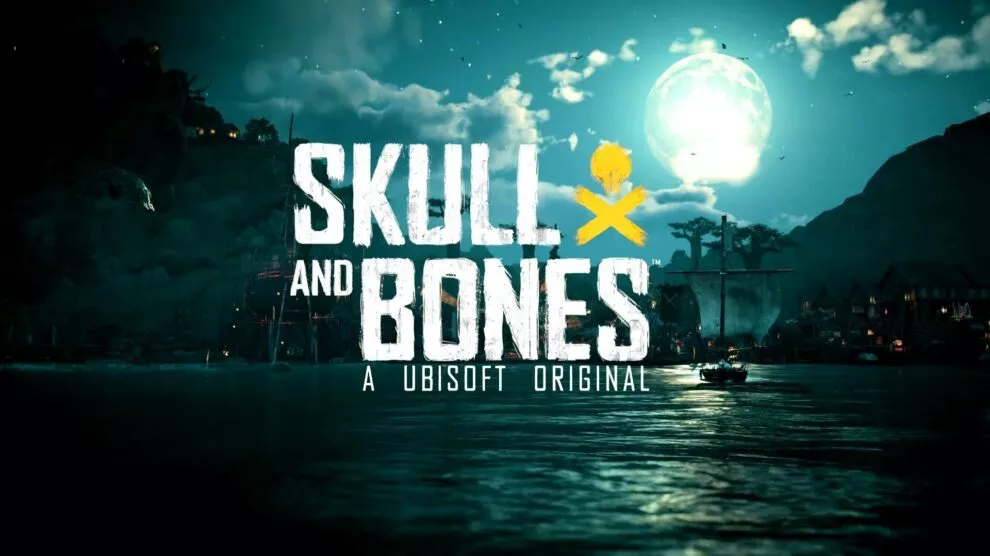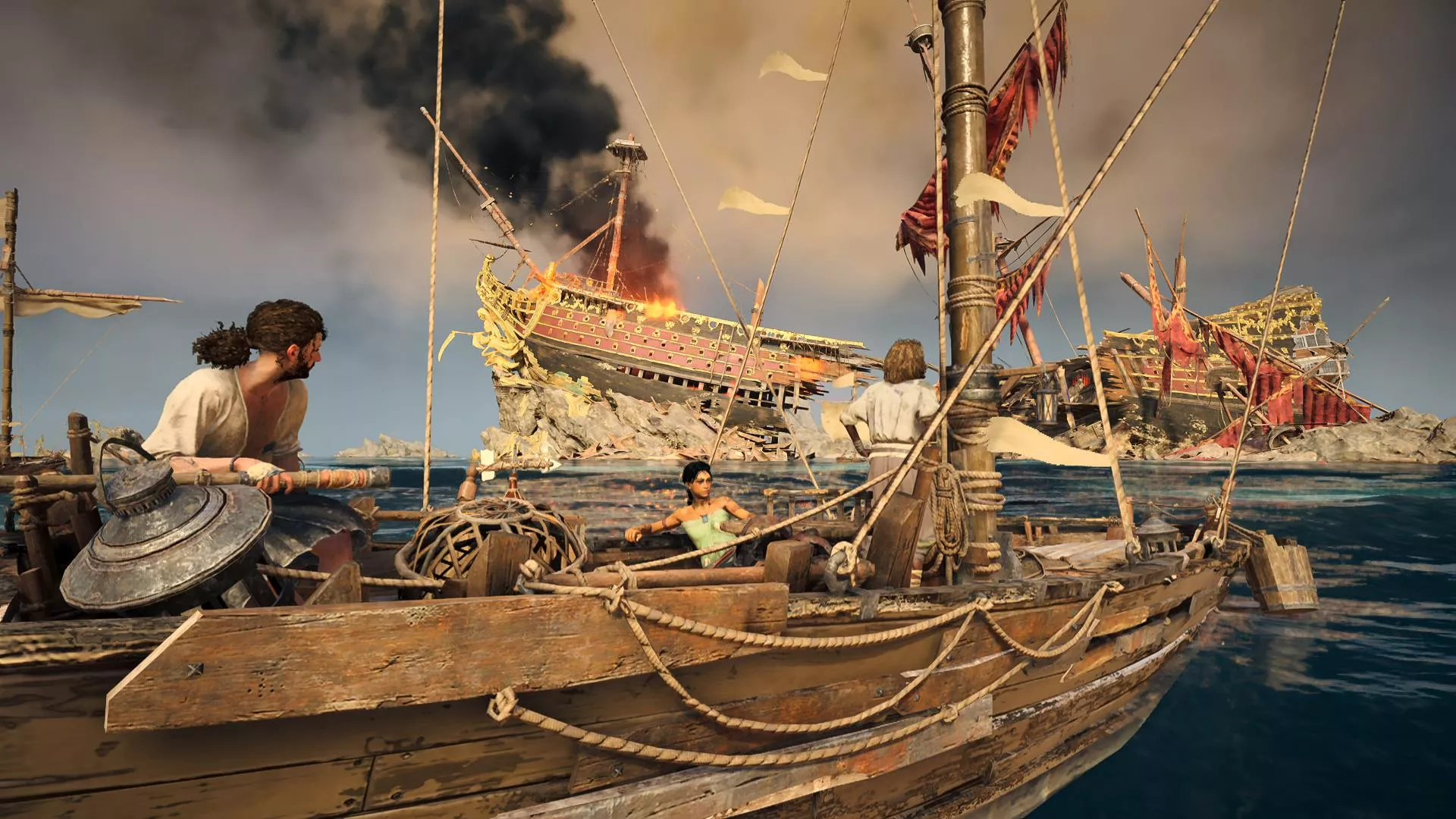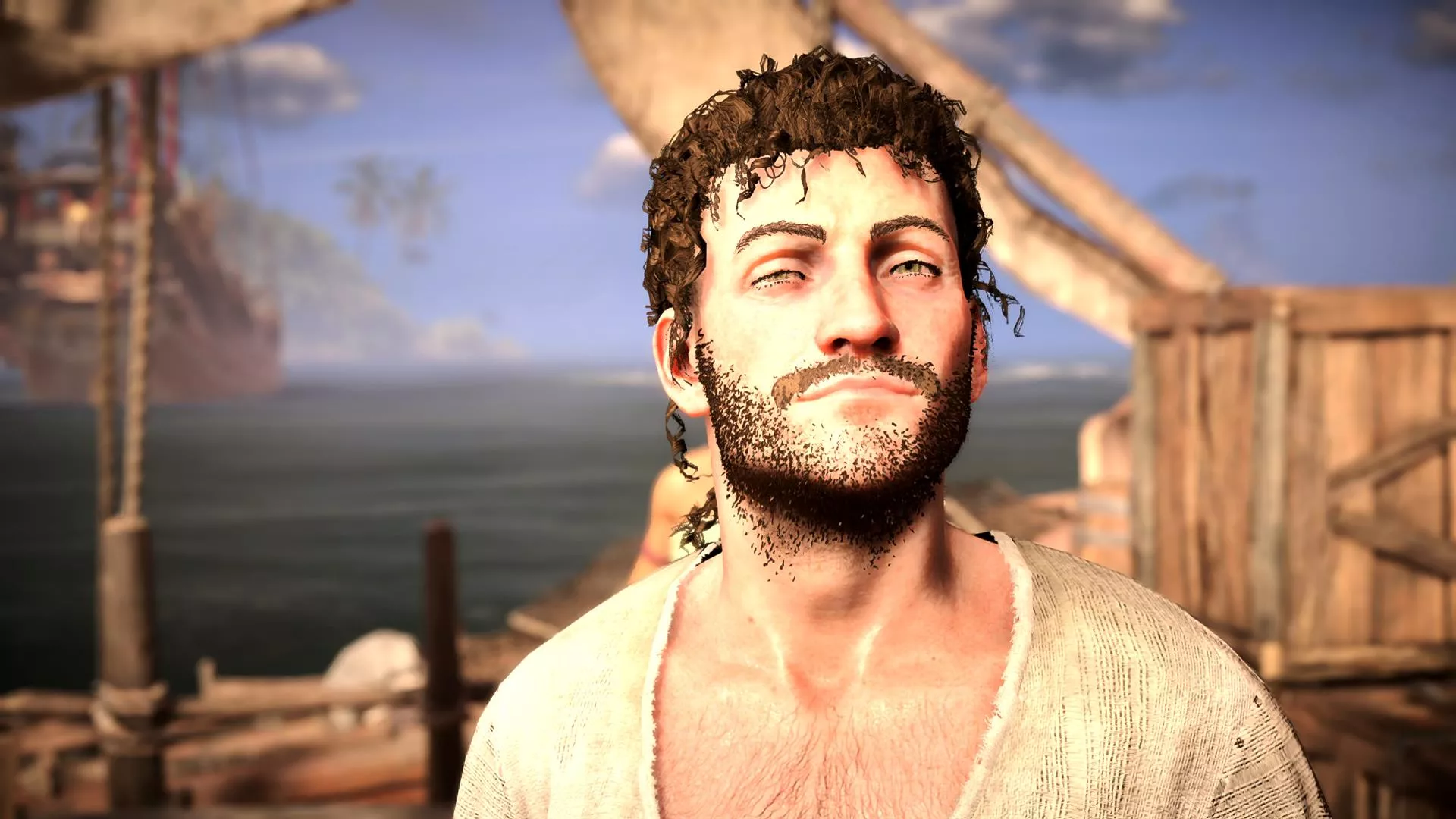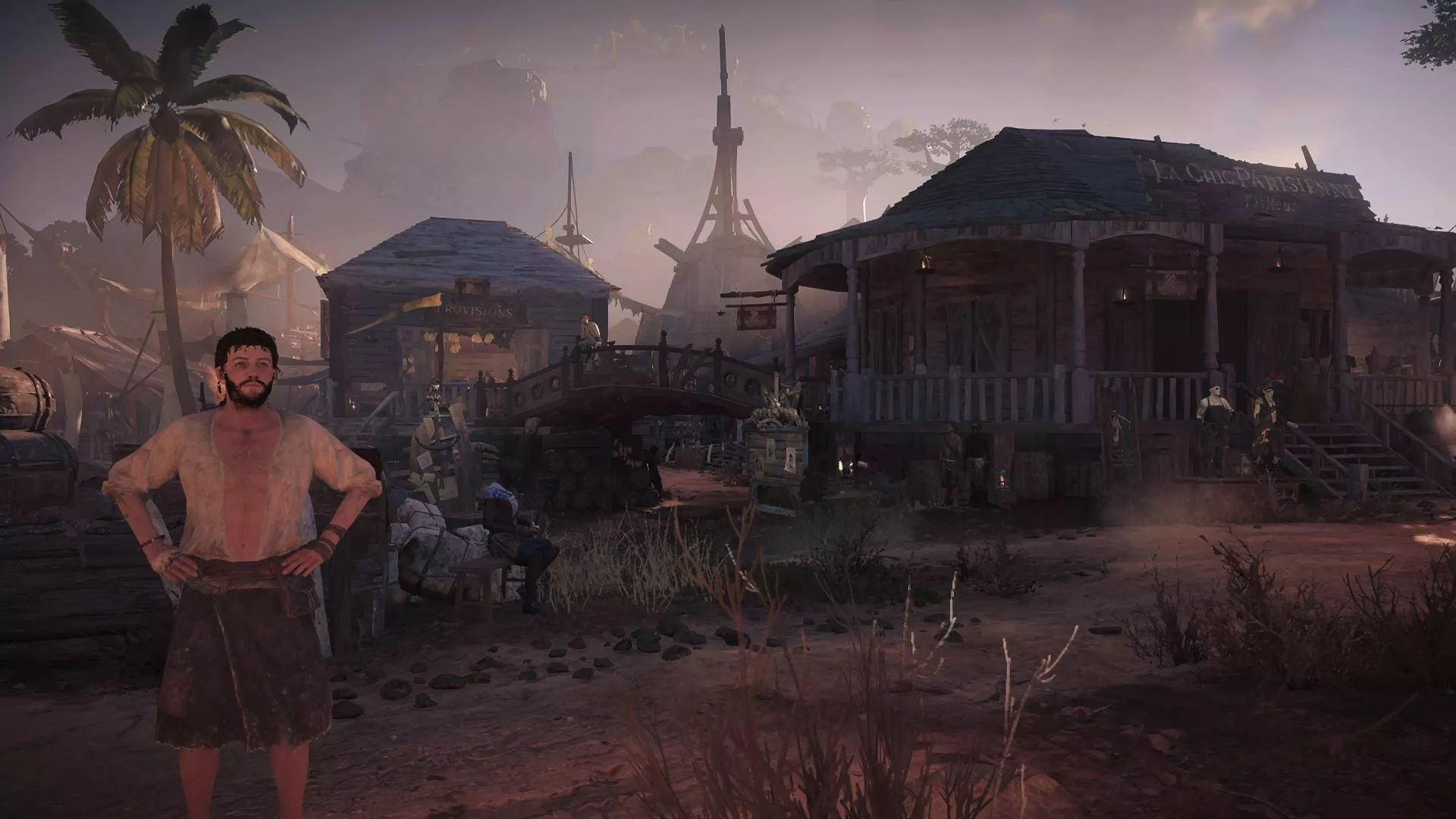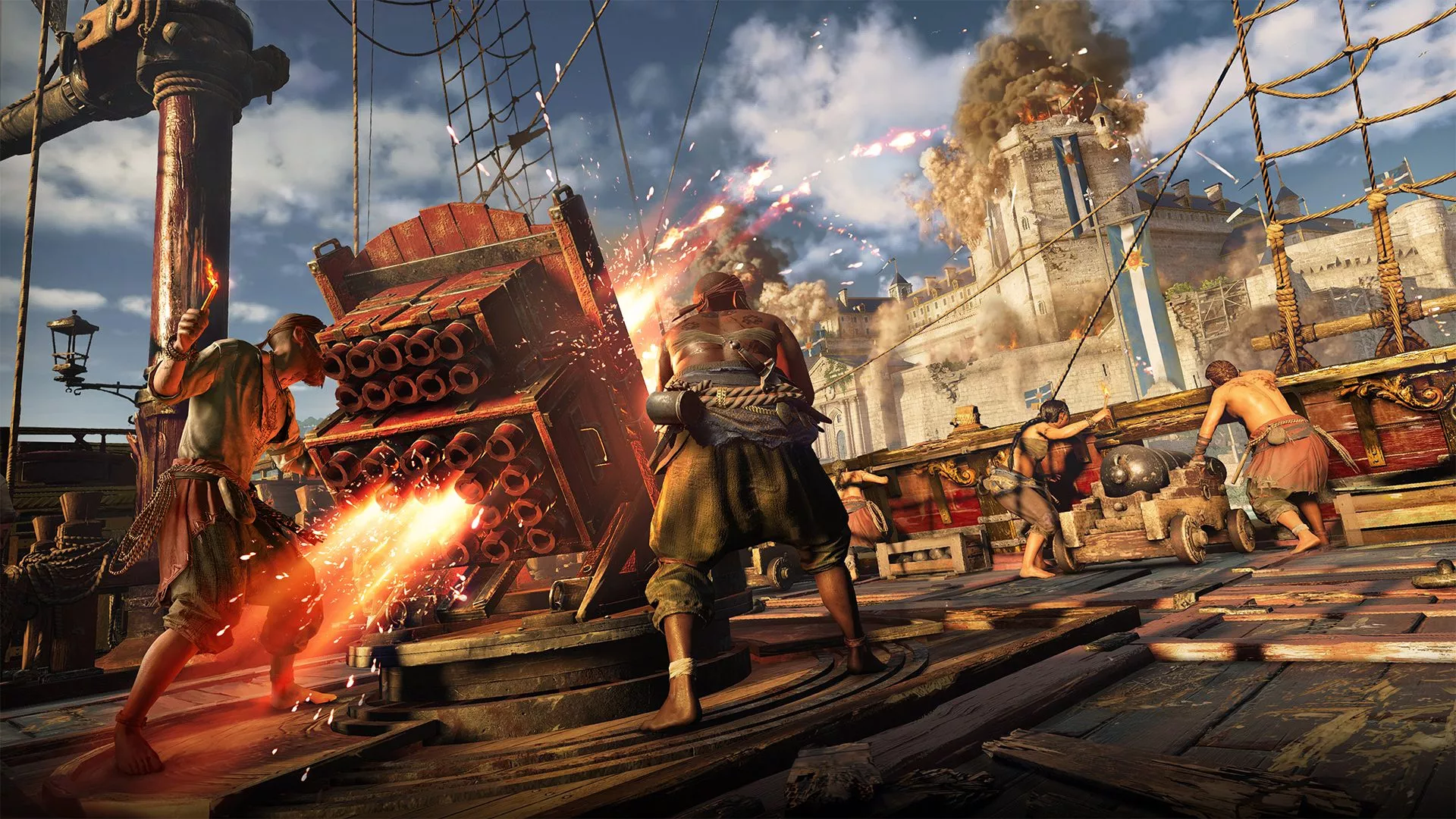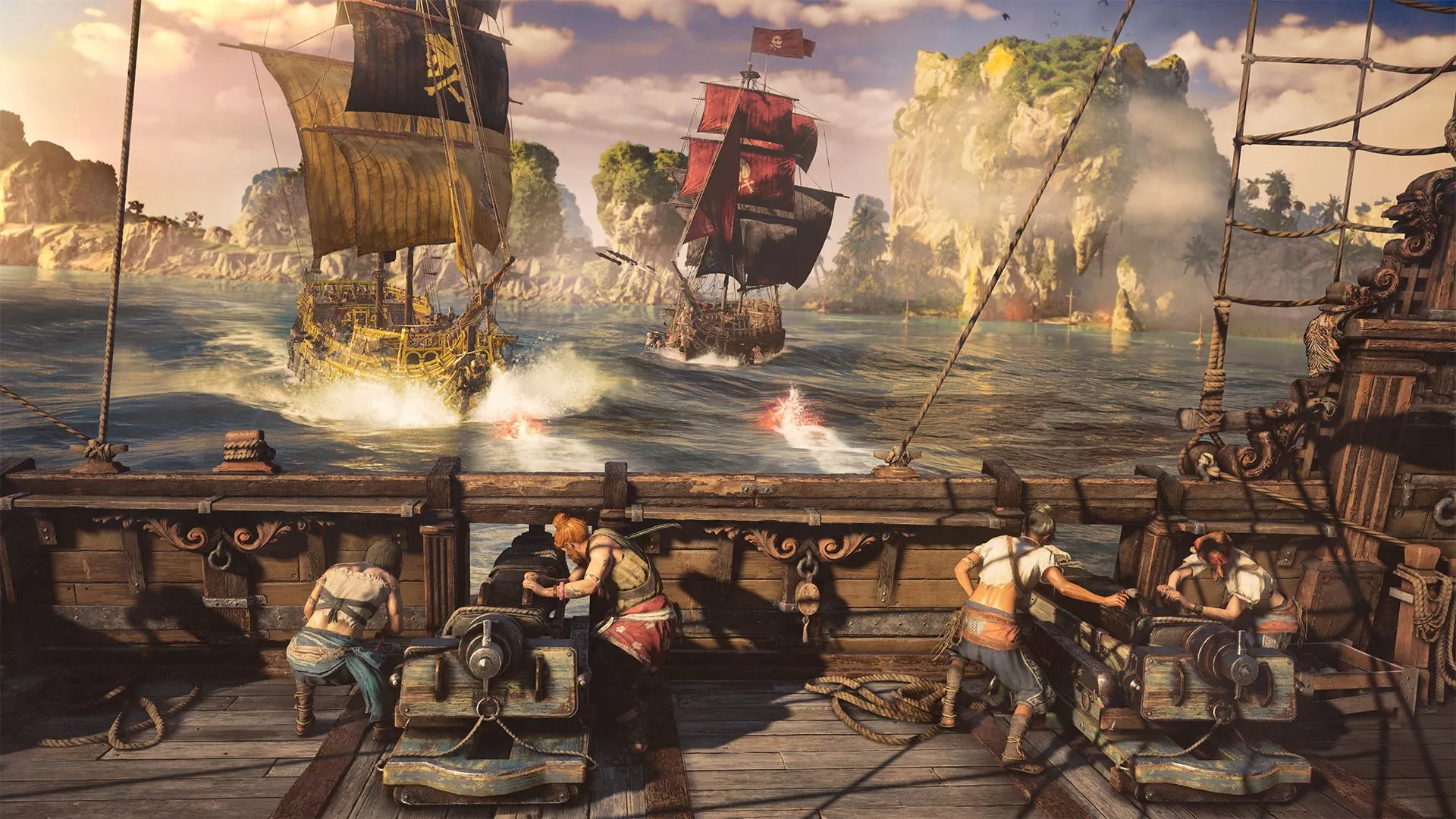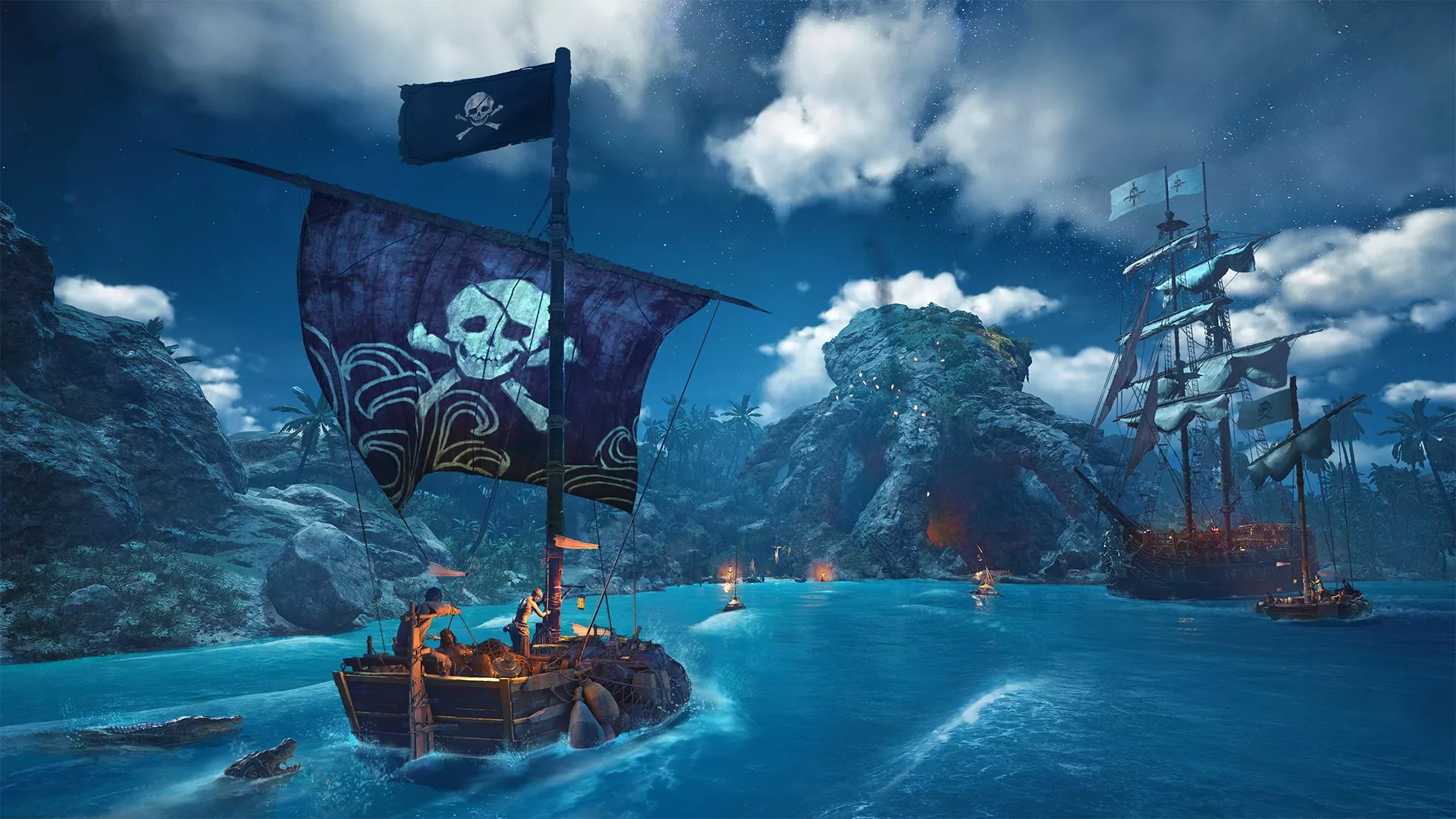The very model of a mediocre MMO.
It’s hard to believe, even now, that I’m finally playing Skull and Bones. Beginning development over 10 years ago, way back in 2013, the game was pitched originally as an MMO spinoff to Assassin’s Creed 4 Black Flag. Stewing in some kind of development limbo, we’ve heard all sorts of stories of what the game could have been – from survival game to ship-based action. It’s here now though, finally, so what did we get?
The answer is, unfortunately, nothing good. Before we go any further, a reminder that this is a review in progress; my opinion of the game may change, but right now things are looking grim. I’ve played my fair share of Ubisoft’s pseudo-MMOs, and even very much enjoyed some of them (oh how I miss you The Division 1). What’s clear so far though is that Skull and Bones has lacked a firm developmental direction.
The game opens, as you may expect, with a fierce pirate battle to get you accustomed to life on the waves. Rather than firmly planting you in the world, this brief sequence instead raises more questions than it answers. You’re then given the chance to create your character, a strange choice given you spend most of your time looking at the backside of a ship. Naturally you’re then assigned the role of captain by the two randoms who pulled you from the sea, and off you sail to conquer the world. It’s all very inspiring stuff.
I do hope that you take kindly to your new self-assigned crewmates, as you’ll be hearing almost nothing but them as you ride the waves of the oceans of Skull and Bones. No flap of a sail is too distant nor settlement too hidden to escape the watchful eye of your crew, and they’re just itching to tell you about it. There were times when I couldn’t even discern exactly what my crew had spotted, and it was an age before I finally worked out that a padewakang was a type of ship.
Of note though, is that while it is annoying just how often your crew feels the need to shout at you, it is genuinely refreshing to see the diversity of the cast involved. There’s all manner of accents littered across the islands, and plenty on display on your own ship too. Shanties range from English to Swahili, French to Indonesian and there’s even some Malagasy in there too.
As I’ve already mentioned, while you do spend some time ashore to collect quests, craft items and the like, most of your time is spent at sea. It’s a shame then that the sailing elements can be at best described as clumsy, and at their worst downright frustrating. General navigation is okay, though it take a long time to traverse the open oceans – even early on. Fast travel is available of course, but isn’t the idea of a pirate game to, you know, sail a ship?
Things get worse when it comes to the combat. There’s a decent number of different weapon types, from short range cannons to longer range torpedoes, but actually using these in battle is a different story. For those of you who remember, Black Flag had a perfectly functional way to aim and fire its weapons. I don’t recall any complaints about the system at the time, but for some reason that has been done away with and replaced by… a simple crosshair.
This choice was perhaps inspired by Sea of Thieves, as it too doesn’t provide any sort of arc indicator when it comes to firing your broadside. The chief difference of course is that Sea of Thieves doesn’t require you to steer your ship, fire your weapons, keep track of the wind, brace for incoming fire and you get the idea. There’s simply too much going on in the combat in Skull and Bones to keep track of to also be worrying about sighting your guns between volleys, and ultimately, you’re doing it all yourself and not split amongst a larger crew.
Despite some interesting ideas littered throughout, this game just doesn’t know what it wants to be. Would it have been a better time without the on-land elements? If perhaps you stayed aboard your ship the whole time and weren’t forced on to land to interact with a gaggle of last-gen looking NPCs? Maybe.
Ultimately, I don’t really know who Skull and Bones is for. Diehard pirate nerds may get a kick out of the more “realistic” nature of things as opposed to Sea of Thieves, but after nearly 6 years the latter certainly does most things better. For the MMO, looter shooter gang among us (i.e. me) there’s just not enough meaningful here, and for there’s no depth there for the RPG crew either.
So far it seems the ocean in Skull and Bones is a mile wide and an inch deep, devoid of any real personality. As Arrowhead Studios — developers of the darling of the moment Helldivers 2, have proudly emblazoned on their website — “a game for everyone is a game for no one.” In Skull and Bones’ case, it seems that a game that does everything is a game that does nothing.
Update [27 February]: So Skull and Bones has been out for a few weeks now, and I think it’s safe to pass judgement on Ubisoft’s ship-based RPG. Sadly, that judgement will be a harsh one.
While pitched as an action-adventure game about piracy in the age of sail, instead Skull and Bones is mostly an RPG in the vein of The Division. However, instead of piloting an elite sleeper agent in the awe inspiring, lovingly crafted New York instead you’re a boat in the Indian Ocean. Notice how I didn’t say you’re sailing a boat… no, instead for all intents and purposes you are the boat. Sure, you can customise a captain — giving them a nice coat or a fancy tricorn hat — but once you leave port you spend almost all of your time staring at those sails instead.
The boats themselves currently come in three sizes: very small (just the Dhow you start with for now), small and medium. In addition to size, there are also three main archetypes of boat that essentially breakdown you your standard tank, support, and DPS structure we’re all familiar with by now. These archetypes all have different perk sets to make them fit their role better, but given the limited number of ships on offer I can’t help but feel that having the ship and archetype systems split out from each other to let people play what and how they want would have been a better choice.
In my initial review in progress I praised the diversity in crew, and fittingly that same diversity has spilled over into the types of ships available too. From barges to cutters and bedars to brigantines, there’s a good variety on offer – though the lack of bigger, aspirational ships is a definite sore point for me. I want a big ship, not some pokey little dinghy. If it doesn’t have three masts, multiple decks and it isn’t positively bristling with cannons then I don’t want it. I guess I’m a size queen after all.
The gameplay itself largely revolves around three pillars: sailing, combat and errand-running on shore. Sailing is what you’ll spend most of your time doing, and also happens to be one of the most dull parts of the game. For example, the average voyage goes like this: undock. Fast travel to the nearest point to your destination to minimise the time you have to spend sailing. Sail remaining distance to destination, battling what seems to be intentionally adversarial wind. Dock, hand in a quest. Return to ship. Fast travel home to avoid having to sail again.
It’s impressive that a game that is ostensibly about being a ship misses the mark so completely when it comes to sailing. Other contemporaries in the genre have made sailing a dance of adjusting sails and steering angle all while attempting to man cannons and navigate effectively. Skull and Bones however has distilled this to the extreme, and removed any of the potential for joy. Most of your time is spent tacking, but with a constantly swirling and nonsensical wind system it feels better to just turn your brain off, set speed to maximum and bear with the slow progress until the wind moves on. Of course, even then you’re still at the mercy of the stamina bar – truly, the game’s foulest system.
Why something based around sailing a ship chooses to actively impede your ability to sail said ship with something as arbitrary as a stamina bar is truly beyond me. As if it’s not enough for sailing to be a chore, having to manage a stamina bar of a SHIP just absolutely kills the experience. I’d guess that it’s to give you something to pay attention to on the open ocean, but as a system it fails at that.
On top of that it doesn’t even make sense! Last time I checked a sailing ship isn’t a sentient being capable of losing stamina, and I’m quite certain that global travel in the age of sail did not rely on crews holding sails on deck for speed. I love the ocean, I love boats and I love being at sea. Hell, the most fun I had in Sea of Thieves was sailing the bloody ship. So why did they have to make it so boring?
Devoid of vision, there are too many systems clashing to make this a game I’d recommend. While it’s better than Sea of Thieves was at launch, though that’s largely by default, it’s still not a good experience.
How can a game that is almost entirely about being a ship not get the part where you’re the ship right? It’s just not a fun experience having the wind wheel eternally into your face, slowing you down until it moves on… only to swing a full 360 around you in just a few minutes to impede your progress once more.
It’s really hard to believe that this game is the result of 10 years of work. There’s a multitude of other piecemeal ideas and systems that this review hasn’t bothered to touch on because they all just feel like bolted on remnants of previous ideas. If you told me that this entire game, as it is, began development 3 years ago I’d believe you.
Ubisoft has got this genre of at the intersection of MMO and RPG right before, so it’s dumbfounding to see it miss so hard here. The game isn’t bad, it’s just painfully average. An unexceptional Ship of Theseus with no wind in its sails.
Skull and Bones was reviewed using promotional codes on Windows PC (primary) and Xbox Series S & X, as provided by the publisher. This review began on 16 February 2024. Click here to learn more about Stevivor’s scoring scale.
This article may contain affiliate links, meaning we could earn a small commission if you click-through and make a purchase. Stevivor is an independent outlet and our journalism is in no way influenced by any advertiser or commercial initiative.


